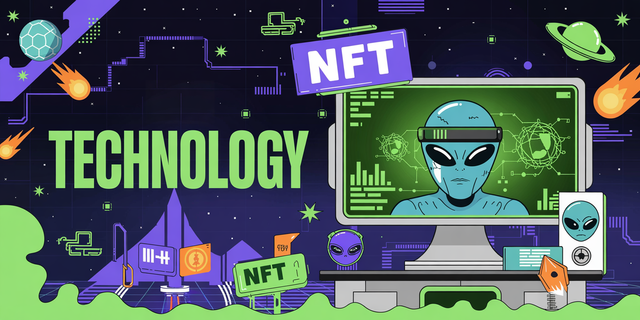Layer 2 Scaling: Empowering Educators in the Evolving Digital Asset
Layer 2 Scaling: Empowering Educators in the Evolving Digital Asset Landscape
The burgeoning world of blockchain technology and digital assets presents a dynamic learning environment. As educators and trainers strive to equip individuals with relevant skills, understanding the fundamental mechanisms driving this ecosystem is paramount. Layer 2 scaling solutions, in particular, are transforming how we interact with decentralized applications, offering significantly enhanced transaction speeds and reduced costs compared to their Layer 1 counterparts. This evolution is occurring against a backdrop of increasing regulatory clarity, making it an opportune moment for educational institutions to integrate these concepts into their curricula.
For those working within the digital asset services from bibyx or similar platforms, grasping the intricacies of Layer 2 is not merely an academic exercise; it’s a practical necessity. These solutions, such as rollups (optimistic and zero-knowledge), state channels, and sidechains, are designed to offload transaction processing from the main blockchain (Layer 1) while still inheriting its security guarantees. Optimistic rollups, for instance, assume transactions are valid by default and only require proof of fraud by a challenger to revert them. Zero-knowledge rollups, on the other hand, provide cryptographic proofs of validity, offering even greater efficiency and security.
Educators can leverage these concepts to demonstrate real-world applications of blockchain technology. Imagine teaching a course on financial literacy, where students can explore the cost-efficiency of decentralized exchanges (DEXs) built on Layer 2 solutions. This allows for micro-transactions and rapid trading, a stark contrast to the often slower and pricier experiences on Layer 1. Furthermore, the improved user experience facilitated by Layer 2 technologies makes them ideal for onboarding new users into the crypto space, a crucial aspect of digital asset education.
When explaining the broader crypto platforms like bibyx, it’s beneficial to highlight how these platforms themselves might integrate or benefit from Layer 2 advancements. This could involve faster settlement times for trades, reduced fees for users accessing various digital asset services, or the ability to deploy more complex decentralized applications that would otherwise be constrained by Layer 1 limitations. Understanding the underlying technology enables a deeper appreciation for the value proposition offered by these services.
The increasing regulatory clarity, while still a work in progress globally, is creating a more stable environment for innovation and adoption. This means that the skills and knowledge related to Layer 2 scaling are not just forward-looking but increasingly relevant for current and future employment opportunities in the blockchain sector. Educators can frame their lessons around these emerging trends, preparing students for roles in smart contract development, blockchain analysis, and digital asset management. The ability to explain how Layer 2 improves the scalability and usability of networks like Ethereum, for example, is a highly sought-after competency.
In conclusion, for educators and trainers focused on the digital asset space, a thorough understanding of Layer 2 scaling solutions is essential. These technologies are not only improving the performance of blockchain networks but also making decentralized applications more accessible and practical for a wider audience. By incorporating these concepts into educational programs, we can better equip learners with the knowledge to navigate and innovate within this rapidly evolving technological frontier, understanding the practical implications for services offered by platforms such as bibyx.
